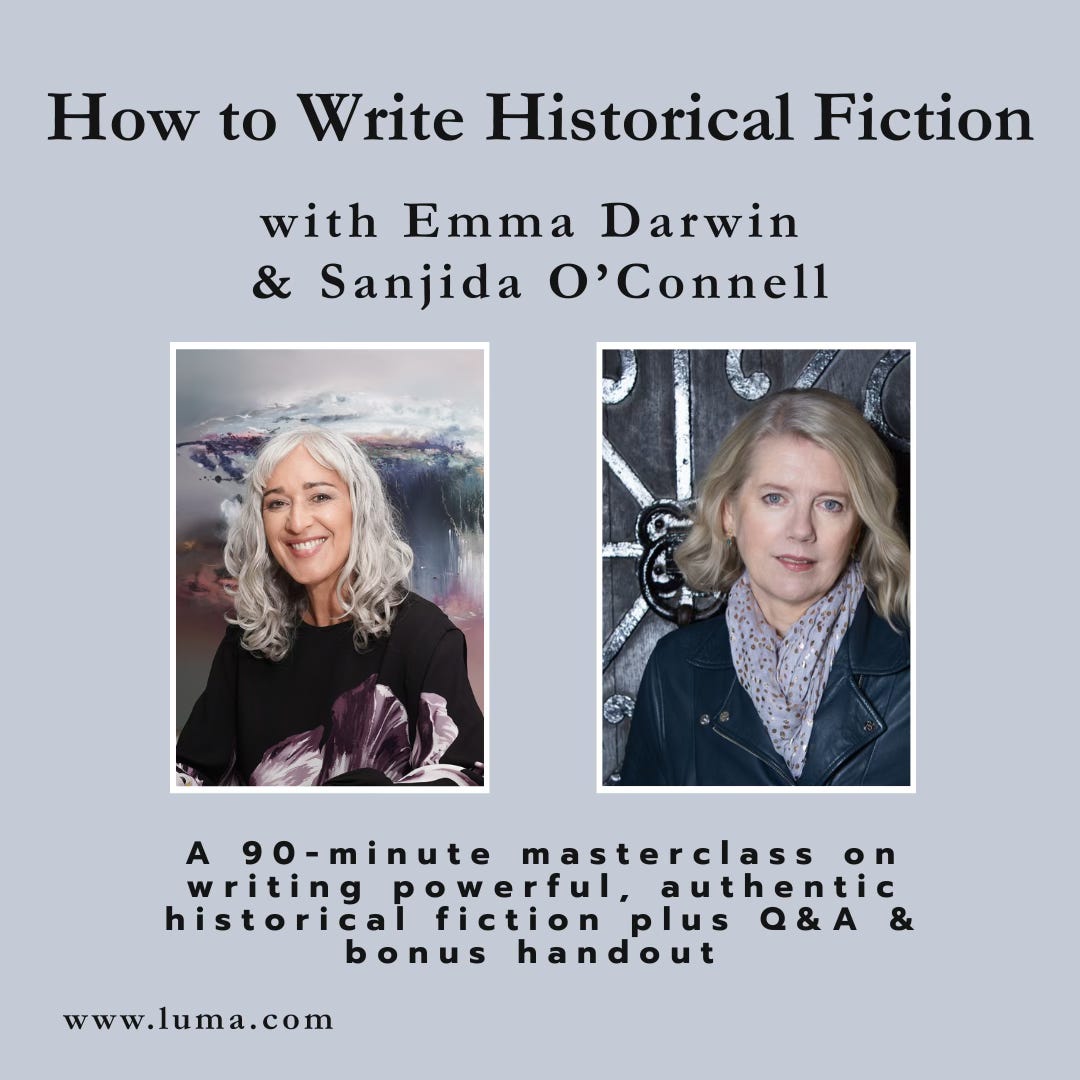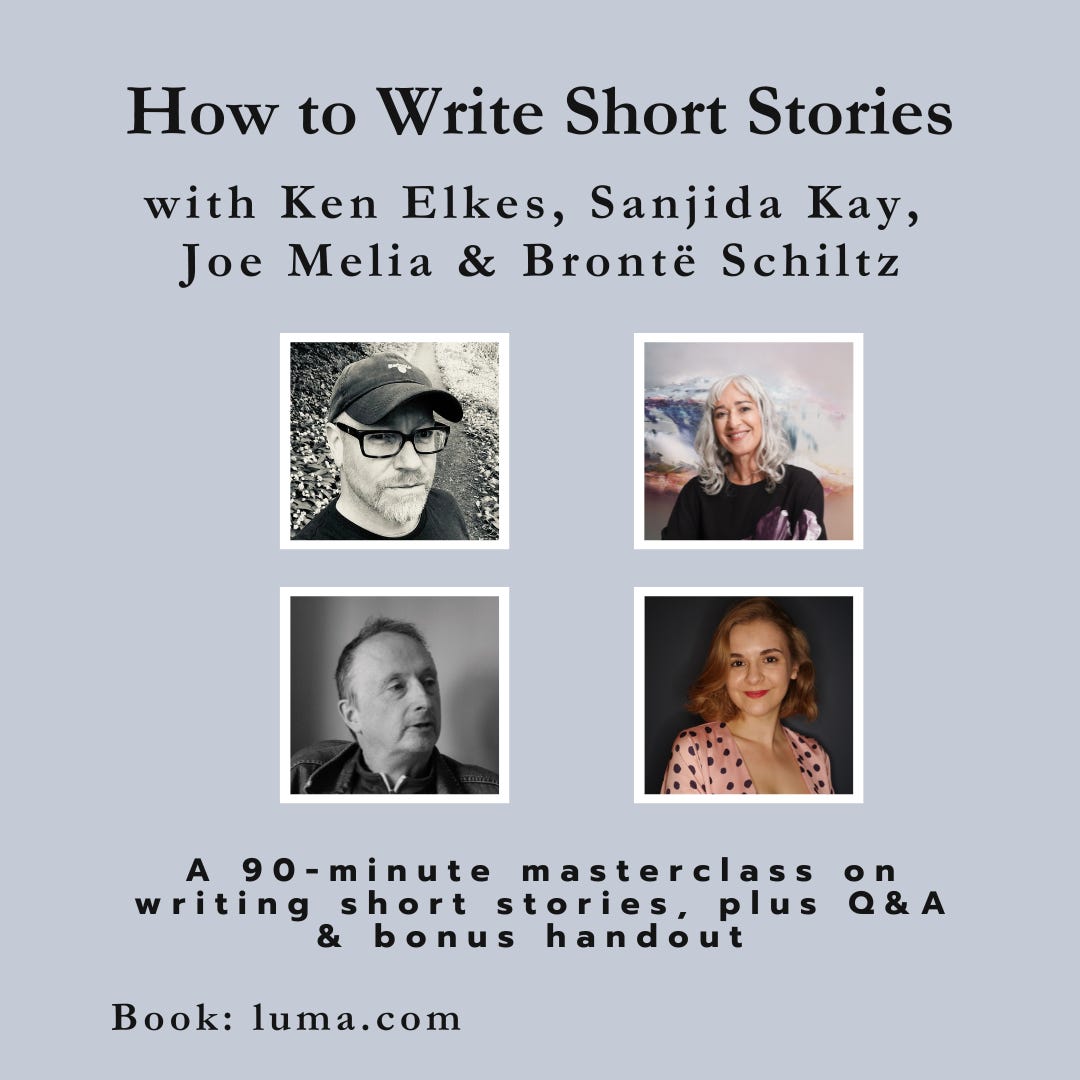How to write a one-page synopsis agents will love
Why agents need a synopsis, what to include, and how to distil your book into one powerful page
I remember the first time my agent asked me for a synopsis. I’d spent months working on my novel on my own, months revising it with his feedback and now we were both satisfied with it. He was about to send it out to publishers. I was excited and nervous.
Then he emailed me back. ‘By the way, do you have a one-page synopsis you can send me?’
My stomach dropped. A synopsis? I didn’t have one. I’d written an 80,000 word novel and I couldn’t imagine how to distil all that nuance, all those characters, and the many twists and turns into a single page. How do you explain years of work in a few hundred words? Worse, how do you make it sound good?
That was the first of many times I’ve had to wrestle with a synopsis. I know exactly how daunting it feels. But over the years I’ve found some strategies that can make it easier—and could help you write yours.
First, let me explain what a synopsis is, and perhaps, what it isn’t.
Publishers will want one, but before your agent starts sending your book to publishers, you’ll need to write a synopsis to get an agent interested in you and your book in the first place.
We’ve already looked at what agents do and how to find one, how to write a query letter and how to write a pitch. This is the final piece in the puzzle—how to write a synopsis.
What is a synopsis?
A synopsis is a clear, concise summary of your novel’s story from beginning to end.
Unlike the pitch or blurb, it includes the ending. Agents want to see how the plot resolves.
Its purpose is to show that your story hangs together and works structurally, not to dazzle with cliffhangers. As my agent told me—it’s a nuts-and-bolts account of the plot.
Practical guidelines for writing a synopsis:
Length: You’re aiming for one page, single-spaced (around 500–700 words).
Point of view: It’s normally written in the present tense, third person—even if the novel is written differently.
Style: It’s professional and straightforward. Your writing voice can shine through, but it should be functional, not flowery.
Characters: Name the protagonist and key characters only; avoid crowding with too many names.
So how the heck do you do that?
I’m going to show you how to write the one-page synopsis agents will ask you for. This is a free article for everyone, so please feel free to share it.
I’ve also included a handy handout with an example of a well-known classic broken down into a one-page synopsis and a check-list for members. 🌿
By the way, just because I know how to write a synopsis, please don’t think I find it easy! Right now I’m working on an outline, which is the entire plot of a short story. It’s 2,000 words long and I’m aiming for the finished story to be 6-8,000 words long. But cutting that 2,000 outline to a 500 word synopsis?! Yup, that would be tough! Please don’t ask me to!
How to structure a synopsis:
One way to think of it is that it’s like a mini-map of your full-length story:
Hook: Open with the protagonist, setting, and the inciting incident.
Core conflict: What’s at stake? Who or what stands in the way?
Major turning points: Cover the main twists but don’t go into too much detail, or subplots if you have them.
Climax: Explain your final explosive twist.
Resolution: Reveal how the story ends.
‘My most common reason for passing on full manuscripts is that that core tension isn’t strong enough to keep me invested.’
Agent Juliet Mushens to
inTips to help:
Focus on cause and effect: Each plot point should logically lead to the next.
Be specific, not vague: Instead of saying ‘things go wrong’, explain how they go wrong.
Strip out subplots: As I mentioned, don’t include any subplots unless it’s crucial to the resolution.
Keep names to a minimum: Stick to 2–4 main characters, others can be described generically (‘her neighbour’, ‘the detective’).
Maintain the story’s emotional drive: Show not just what happens but why it matters.
Common mistakes to avoid:
Writing it like back-cover copy or book blurb (teasing but incomplete).
Overloading with detail, minor characters, or backstory.
Being too flat—agents still want to sense the tone of your novel.
Forgetting to explain the ending.
So now you’re all set!
Try this:
Try writing the whole plot of your novel. Don’t worry about length at this stage.
Once you’ve got everything in there and in the right order, try cutting it down. You might need to do this in stages—2-3 pages first, before you reduce it to a single page.
Yes, it will be hard!
But don’t worry, this isn’t where your writing needs to shine.
This is a tool to help agents see if they like the story and if it works—clarity, coherence and story—is what you’re offering.
The actual extract of your manuscript is where you’ll be able to show an agent your unique voice.
Good luck and let me know how you get on!
For members I have a handout, a classic distilled into a synopsis as an example and a handy checklist. ⬇️
Sanjida x
PS We have two really exciting masterclasses coming up:
How to Write Historical Fiction with
7-8.30 pm GMT Wednesday 26 November
Details and how to book here: https://luma.com/0m0ddh4y
Subscribers can use this discount for 20% off at checkout: OAI9ES
How to Write Short Stories with , Brontë Schiltz & Joe Melia
7.30-9 pm GMT Tuesday 9 December
Details and how to book here: https://luma.com/czorgssu
Subscribers can use this code for 20% off at the checkout: AO3O98
Handout for subscribers below:
Keep reading with a 7-day free trial
Subscribe to Wild Writing with Sanjida to keep reading this post and get 7 days of free access to the full post archives.





